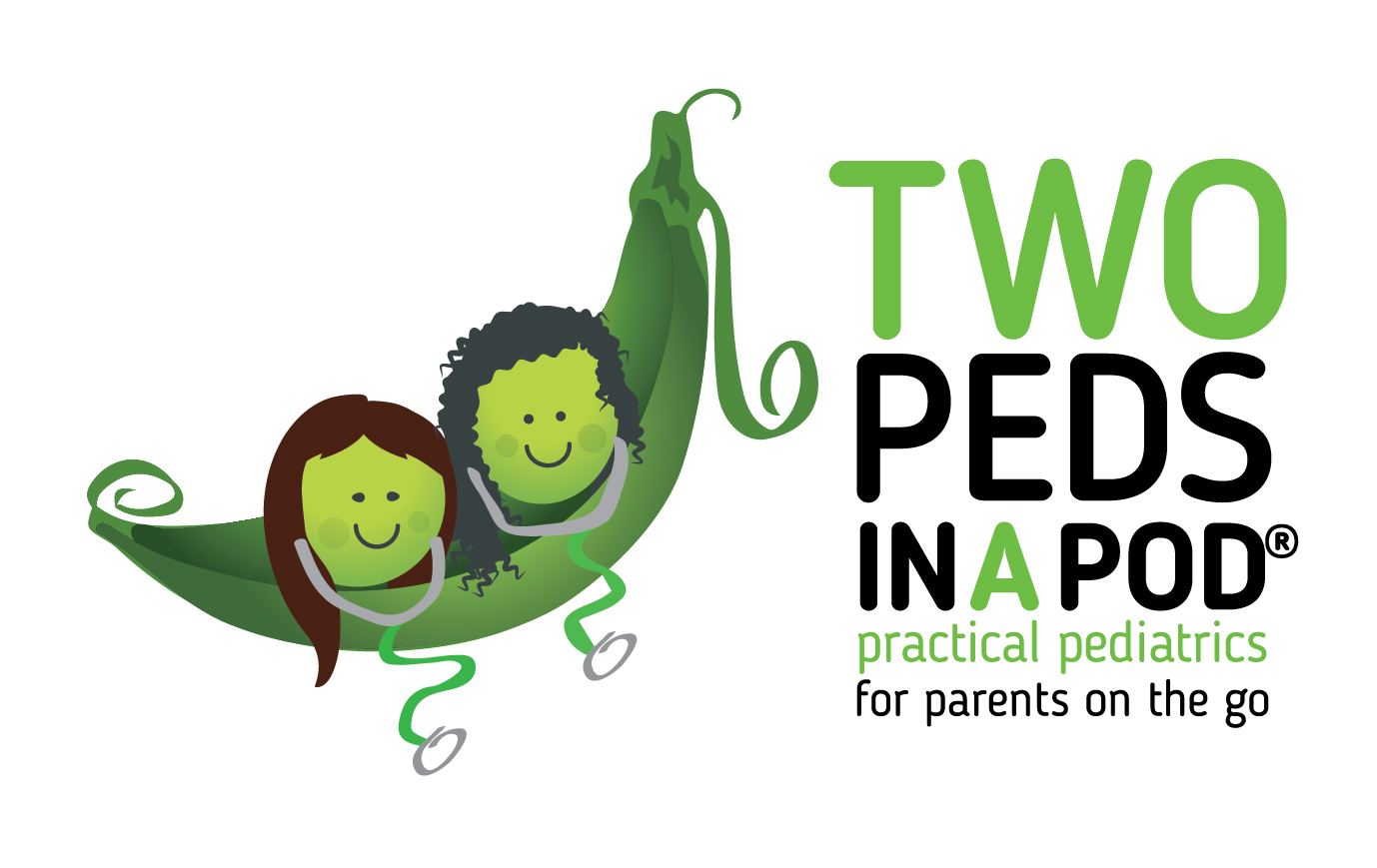New American Academy of Pediatric recommendations include a booster vaccine against the cause of meningococcal disease (Neisseria meningitidis) for older teens in addition to the one routinely given to tweens. Olga Pasick, mom of a teen who died of meningococcal disease, shares her personal experience and talks about the updated guidelines.
 I wish I had known the importance of vaccination for meningococcal disease before it was too late for my son. Back in September of 2004, David was a happy, healthy 13 year old, who came down with flu-like symptoms one evening. He first felt cold, then spiked a high fever, and vomited throughout the night. In the morning we called the pediatrician to have him seen. Everything ached, and he needed help getting dressed. That’s when I noticed purplish spots on his chest and arms. I didn’t know how serious that symptom was. As soon as the doctors saw him, they knew he had meningococcal disease. He was rushed to the ER for a spinal tap and treatment. Unfortunately, the disease spread quickly and his organs failed. David died within 24 hours of first developing those flu-like symptoms from a potentially vaccine-preventable disease. Unbelievable… and heartbreaking.
I wish I had known the importance of vaccination for meningococcal disease before it was too late for my son. Back in September of 2004, David was a happy, healthy 13 year old, who came down with flu-like symptoms one evening. He first felt cold, then spiked a high fever, and vomited throughout the night. In the morning we called the pediatrician to have him seen. Everything ached, and he needed help getting dressed. That’s when I noticed purplish spots on his chest and arms. I didn’t know how serious that symptom was. As soon as the doctors saw him, they knew he had meningococcal disease. He was rushed to the ER for a spinal tap and treatment. Unfortunately, the disease spread quickly and his organs failed. David died within 24 hours of first developing those flu-like symptoms from a potentially vaccine-preventable disease. Unbelievable… and heartbreaking.
Meningococcal disease is spread through respiratory droplets, such as coughing or sneezing, or through direct contact with an infected person, such as kissing. About 1 in 10 people are carriers, and don’t even know it. It doesn’t affect everyone. It is difficult to diagnose because symptoms are similar to the flu, and include high fever, headache, stiff neck, nausea, vomiting, exhaustion and a blotchy rash. The disease spreads quickly and within hours can cause organ failure, brain damage, amputations of limbs, and death.
The CDC (Centers for Disease Control and Prevention) and the AAP (American Academy of Pediatrics) recommend meningococcal vaccination for all 11-18 year olds. If vaccinated at age 11-12, a booster at age 16 is recommended. If vaccinated at age 13-15, a booster is recommended at age 16-18. No vaccine is 100% effective, but it is the best preventative measure we can take. Since the vaccine only covers four of the five major strains of the disease, continue to be aware of the symptoms.
Because of my experience, I became a member of the National Meningitis Association’s (NMA) Moms on Meningitis (M.O.M.s) program. We are a coalition of more than 50 mothers from across the country whose children’s lives were drastically affected by this disease, and are dedicated to supporting meningococcal prevention.
Visit the NMA website for more information and to view powerful personal stories of those affected. Talk to your doctor about vaccination. It could save a life. How I wish those recommendations were in place six years ago.
Olga Pasick
Wall, New Jersey
© 2011 Two Peds in a Pod®




 A parent was interested in our thoughts about placement for twins in school: Should parents separate them into different classrooms or keep them together?
A parent was interested in our thoughts about placement for twins in school: Should parents separate them into different classrooms or keep them together? You may not think of your kitchen as a convenient pharmacy, but parents used common kitchen items successfully to treat various maladies long before CVS and Walgreens were invented.
You may not think of your kitchen as a convenient pharmacy, but parents used common kitchen items successfully to treat various maladies long before CVS and Walgreens were invented.  Come visit us in Bucks County Monday February 28 from 7-8:30 pm for an interactive session on the prevention of childhood obesity. The talk, sponsored by Doylestown Hospital and CBCares, will be held at the Health and Wellness Center, VIA auditorium, Warrington PA
Come visit us in Bucks County Monday February 28 from 7-8:30 pm for an interactive session on the prevention of childhood obesity. The talk, sponsored by Doylestown Hospital and CBCares, will be held at the Health and Wellness Center, VIA auditorium, Warrington PA  I spent all day doing laundry. All right, maybe it wasn’t all day but it sure felt like it. Cleaning up after a vomiting child can be tough in the winter time. Unfortunately, it’s too cold to rinse off any sour curds outside. As I scraped off the sheets into the kitchen sink, I wondered how long the germs could live. I turned to my Disease Prevention Manager, Clare Edelmayer at Doylestown Hospital, PA to find the answer.
I spent all day doing laundry. All right, maybe it wasn’t all day but it sure felt like it. Cleaning up after a vomiting child can be tough in the winter time. Unfortunately, it’s too cold to rinse off any sour curds outside. As I scraped off the sheets into the kitchen sink, I wondered how long the germs could live. I turned to my Disease Prevention Manager, Clare Edelmayer at Doylestown Hospital, PA to find the answer. Reporter Melanie Cutler interviews Two Peds in a Pod for
Reporter Melanie Cutler interviews Two Peds in a Pod for